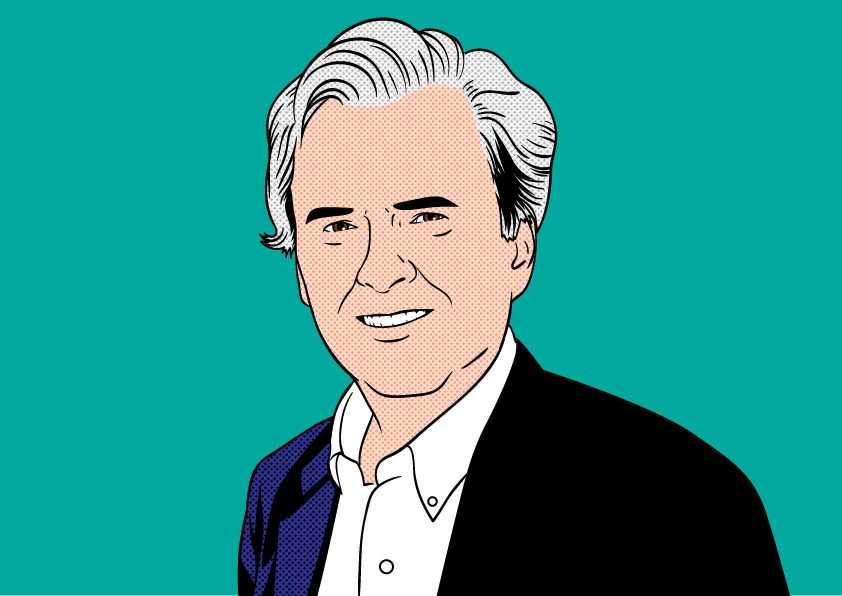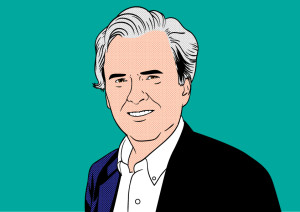CU2.0 Podcast Episode 133 Karan Bhalla CU Rise on Data Analytics
by Robert McGarvey
Sit back and listen. Over the next 45 minutes what you will hear is how a data geek thinks because Karan Bhalla, CEO of CU Rise, will show you.
I did not ask Bhalla to do a demo. This just is what he does.
Show him a pile of data – it could be anything: from your Safeway grocery receipts for last year through a credit union’s auto loan portfolio – and Bhalla will begin sifting, searching for the meaning in the data.
Think like a quant, he says, and quant is Wall Street slang for a math maestro. Quants gave us securitized mortgages – “we had no idea how much people would lie,” a quant who played a role in developing that instrument told me some years back.
But a quant like Bhalla can help a credit union figure out how to make more and better car loans and, get this, a quant can even help a credit union figure out which borrowers who are veering into default are most likely to pay up if contacted by the credit union.
Don’t miss Bhalla’s CU Compare which lets a credit union compare its performance metrics to a competitors or a group of competitors. At what price? Free for the basic service (add-ons with fees are available but Bhalla says the basic version is very rich).
Bhalla has been in data analytics for many years and, he says, the biggest change is that nowadays credit unions of just about all sizes want to make data analytics work for them. Used to be only the big institutions had an interest. Now institutions of all sizes recognize that data is what paves the path to prosperity.
In this podcast Bhalla offers tips on how to get started but he also talks about how to go ever deeper.
Quants rule – you will be a believer before the podcast ends.
Like what you are hearing? Find out how you can help sponsor this podcast here. Very affordable sponsorship packages are available. Email rjmcgarvey@gmail.com
And like this podcast on whatever service you use to stream it. That matters.
Find out more about CU2.0 and the digital transformation of credit unions here. It’s a journey every credit union needs to take. Pronto

